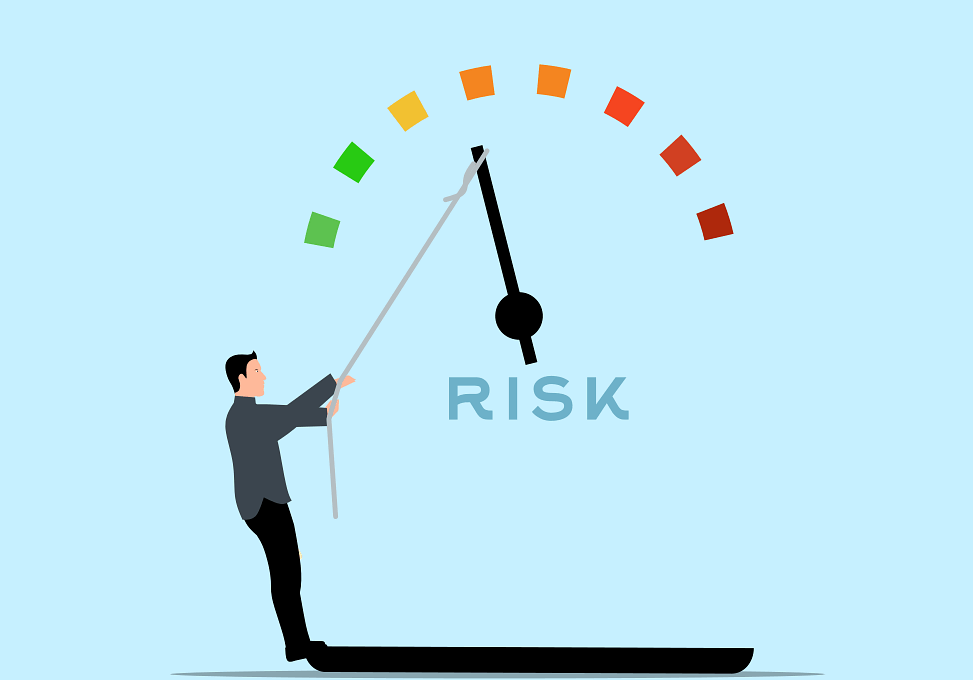Common Challenges When Implementing Credit Risk Frameworks
Implementing credit risk frameworks is crucial for financial institutions to manage risk effectively. However, various challenges can hinder this implementation process. Firstly, data quality is often a significant issue. Institutions may struggle with incomplete or inaccurate data, affecting assessments. Additionally, insufficient technology capabilities can limit the deployment of advanced analytics required for effective frameworks. Financial institutions must ensure that their IT infrastructures are robust enough to support sophisticated risk assessment algorithms. Another challenge lies in regulatory compliance. Adhering to myriad regulations requires a deep understanding of the legal landscape surrounding credit risk. Organizations must dedicate resources to stay updated and ensure their frameworks align with these regulations. Furthermore, employee training is vital. Without appropriate training, staff members may find it challenging to adapt to new frameworks. Resistance to change can also arise among employees. Therefore, fostering a culture of adaptability is essential for successful implementation. Lastly, stakeholder communication is critical. Differing interests among stakeholders can lead to misalignment in objectives, complicating the process. A comprehensive strategy that addresses these challenges is crucial to establish a solid credit risk framework.
Another common challenge encountered during the implementation of credit risk frameworks is the integration of existing systems. Financial institutions often utilize disparate systems for data management and risk assessment. This creates fragmentation, leading to inefficiencies and data silos. For a framework to work effectively, all systems involved must communicate fluidly. Integration requires significant investment in technology and time to streamline processes effectively. Moreover, insufficient buy-in from senior management can hinder progress. Leadership plays a vital role in supporting the implementation of credit risk frameworks. Without strong endorsement, project prioritization may wane, resulting in resource scarcity. Furthermore, managing change becomes harder if employees perceive a lack of support from leadership. Separate departments often have conflicting priorities, complicating collaborative efforts. Also, the absence of standardized procedures can lead to inconsistencies in risk assessment processes. Organizations must establish clear guidelines to promote uniform practices across departments. Effective project governance can streamline the implementation, ensuring that objectives align across the institution. Thus, a well-developed integration plan, strong leadership, and standardized procedures will significantly enhance the chances of successful framework implementation.
Data Challenges
Data challenges are central obstacles when implementing credit risk frameworks. Organizations often face difficulties in obtaining high-quality and complete datasets. Poor data quality can originate from outdated systems, inconsistent data entry formats, and a lack of standardized data collection practices. Consequently, inaccurate data impairs risk evaluations and can lead to flawed credit decisions. Furthermore, institutions may struggle with data accessibility. Various departments may restrict data flow due to privacy concerns or interdepartmental boundaries. Efficient collaboration is essential for holistic risk assessment, yet this accessibility issue can hinder the retrieval of pertinent information. Building a unified data repository can alleviate this challenge substantially. In addition, organizations must address the challenge of real-time data processing. Real-time analytics enables firms to make timely credit risk decisions, particularly in volatile market conditions. Organizations must invest in advanced data processing technologies and methodologies to ensure timely access. Moreover, data governance frameworks must be established to maintain data integrity. Comprehensive governance ensures data remains current and relevant, thus enhancing risk assessment capabilities in the long run. Efficient management of these data challenges lays the groundwork for effective credit risk frameworks.
Moreover, regulatory challenges pose significant hurdles in implementing credit risk frameworks. Financial institutions must navigate an intricate landscape of regulatory requirements across jurisdictions. Compliance demands comprehensive knowledge of local and international regulations pertaining to credit risk management. Institutions may find it difficult to keep pace with changes in these regulations, making adherence challenging. Non-compliance can result in severe penalties, tarnished reputations, and negative impacts on financial performance. Therefore, organizations must invest in compliance resources and expertise to ensure frameworks are up to date. Additionally, maintaining transparency in practices is essential for building stakeholder trust. Engaging with regulatory bodies and seeking guidance can benefit institutions as they develop their frameworks. Moreover, conducting regular audits can help identify potential compliance gaps, allowing organizations to make necessary adjustments proactively. Institutions should embrace a culture of compliance, viewing it as an ongoing process rather than a one-time effort. By doing so, organizations will not only enhance their credit risk frameworks but also foster a reputation for reliability and integrity within the industry.
Technology Implementation
Technology implementation is another critical aspect to consider when establishing credit risk frameworks. Institutions face challenges with integrating the right tools and technologies into their operations. Outdated legacy systems may not support new risk models, leading to inefficiencies. The transition from these systems to modern technology requires careful planning and investment. Additionally, organizations often encounter difficulties around selecting appropriate technologies that align with their specific needs. Various options in risk management tools exist, each with its advantages and drawbacks. It is crucial to conduct thorough research and analysis of technology solutions to ensure their relevance and effectiveness in managing credit risk. Furthermore, ongoing maintenance of technology is essential. After implementing a new system, continuous monitoring and adaptation to emerging technological advances are necessary. Failure to do so may render the technology obsolete and ineffective in managing risks. Ultimately, developing a technology roadmap can guide organizations in navigating the technology landscape and foster proactive adjustments. Ensuring that the technology infrastructure supports credit risk frameworks will enhance the overall risk management process.
In addition to the aforementioned challenges, organizational culture plays a vital role in the successful implementation of credit risk frameworks. Cultural aspects can either facilitate or obstruct efforts to establish a robust risk management structure. Organizations often face resistance to change, particularly if employees perceive the framework as an additional burden. Therefore, fostering an adaptive culture is crucial. Institutions must prioritize communication about the benefits of the framework, emphasizing its positive impact. Employee engagement can enhance acceptance and commitment to the new processes. Moreover, leadership support is paramount in shaping organizational culture. Leaders should serve as role models and actively advocate for the framework’s adoption. By establishing a culture that values risk awareness and proactive management, institutions can drive successful implementation. Additionally, organizations should invest in training programs to equip employees with necessary skills. Effective training can empower staff, allowing them to navigate the new framework confidently. Ultimately, addressing cultural aspects is critical to minimize barriers to implementation and foster an environment conducive to effective credit risk management.
Measuring Effectiveness
Measuring the effectiveness of credit risk frameworks presents another significant challenge. Institutions must develop key performance indicators (KPIs) that accurately reflect the framework’s performance. Selecting relevant KPIs necessitates a clear understanding of organizational objectives and risk management goals. Furthermore, data collected for measurement need thorough analysis to ensure valid conclusions. Institutions often struggle to maintain consistency in measurement processes, leading to challenges in tracking improvements over time. Additionally, organizations may face difficulties in adapting frameworks based on the insights gained from performance evaluations. Implementing changes can be resource-intensive and may face pushback from various stakeholders. Therefore, establishing a feedback loop within the framework is essential. A dynamic framework that incorporates feedback can improve adaptability and responsiveness to changing conditions. Moreover, continuous learning is crucial for refining and enhancing the framework. By establishing a culture of evaluation, institutions can identify weaknesses and take proactive measures to address them. In conclusion, robust performance measurement processes are integral to the success and longevity of credit risk frameworks.
Finally, collaboration among stakeholders poses a challenge when implementing credit risk frameworks. Various departments and teams play pivotal roles in successful credit risk management, yet conflicting interests can complicate collaboration. Misalignment between departments can lead to fragmented efforts, hindering the development of a cohesive framework. Therefore, establishing clear communication channels among stakeholders is crucial for fostering collaboration. When all parties understand shared objectives, they can work together more effectively. Additionally, organizations should prioritize cross-departmental initiatives to encourage collaboration. Joint projects enable various teams to contribute their expertise and perspectives, enhancing the framework’s robustness. Furthermore, regular meetings and discussions promote relationship-building among stakeholders, making collaboration smoother over time. Lastly, organizations must recognize and address any potential power dynamics among departments. Ensuring that all voices are valued can promote an inclusive environment where collaboration flourishes. Overall, fostering teamwork and collaboration among stakeholders is essential for successfully implementing credit risk frameworks, ultimately improving the institution’s risk management capabilities.


